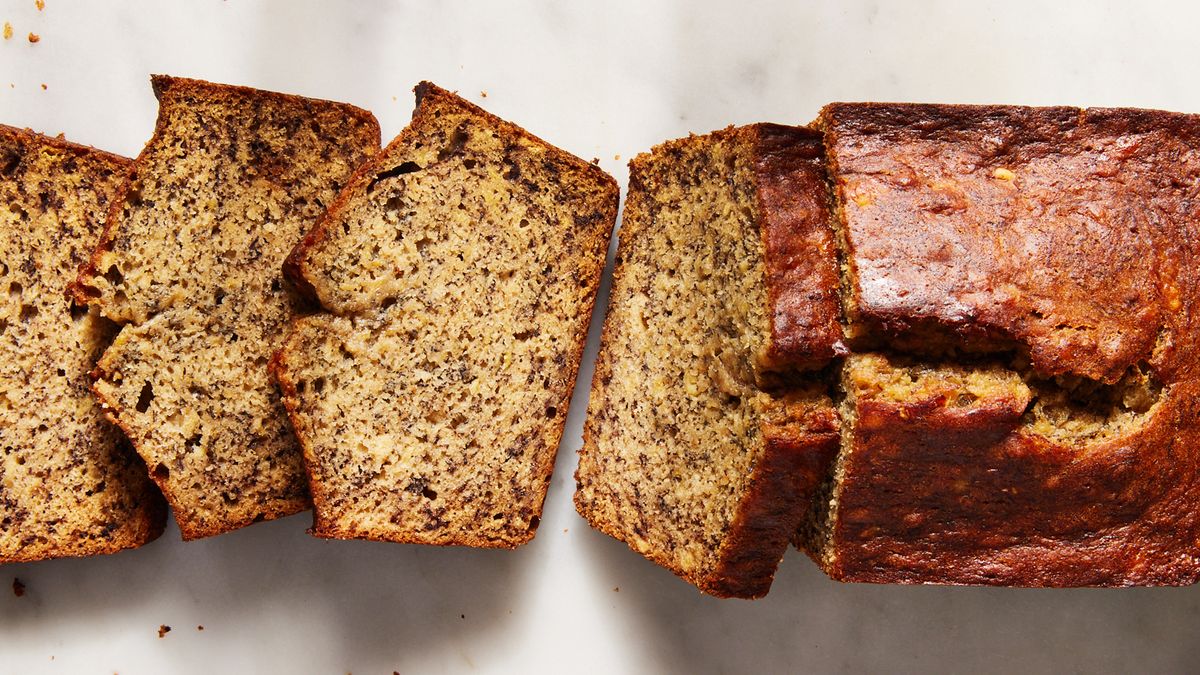
Advertisement
There is something universally satisfying about the smell of fresh-baked bread wafting through the kitchen. It’s an ancient, alchemic process that relies on a perfect, symbiotic dance between flour, water, yeast, and time. While baking bread, whether a rustic Sourdough Starter or a simple Dinner Roll, seems straightforward, it is surprisingly easy to falter. Even a minor deviation—a few extra grams of flour or a few degrees too hot for the water—can sabotage the entire loaf, resulting in a dense Crumb, a tough Crust, or a disappointing lack of Oven Spring. Mastering bread requires identifying and correcting these five common, yet critical, mistakes that routinely ruin the hard work of the aspiring Baker.
The Foundation Errors: Measurement and Activation
The first set of pitfalls occurs before the kneading even begins, rooted in precision and the handling of the living ingredients. Baking is chemistry, not cooking; slight variations can lead to dramatic failures.
Mistake 1: Relying on Volume, Not Weight (The Water-Flour Ratio)
The single greatest mistake home bakers make is scooping flour into a measuring cup. Flour compresses differently every time, meaning a “cup” can contain anywhere from 120g to 160g of flour. This massive variability throws off the Hydration level, or the ratio of water to flour, which is the foundation of the loaf’s structure.
The Fix: Invest in a Digital Scale. Professional bakers always work in Baker’s Percentage, which bases all ingredients as a percentage of the total flour weight. Measuring your All-Purpose Flour or Whole Wheat Flour by weight (grams or ounces) ensures that your water-to-flour ratio is consistent every single time, guaranteeing you avoid overly wet, impossible-to-handle dough or dry, dense dough.
Mistide 2: Killing the Yeast with Hot Water
Yeast—whether Active Dry Yeast or Instant Yeast from brands like Fleischmann’s Yeast—is a living organism. It thrives in warmth but dies in heat. If the water used to activate the yeast is too hot (above 130°F), you will instantly kill the microbes responsible for fermentation and leavening. If the water is too cold, the yeast will activate sluggishly, extending the Bulk Fermentation time unnecessarily.
The Fix: Use a kitchen thermometer. The ideal temperature range for activating yeast is between 100°F and 110°F. This is warm enough to wake the microbes without scalding them. Remember that if you are doing a long, slow Autolyse process, colder water is often used to extend the proofing time and develop deeper flavor.
The Structural Faults: Gluten, Time, and Heat
Once the initial ingredients are mixed, the next set of mistakes involves the mechanics of building the loaf’s structure and the final bake. These faults directly impact the Crumb—the internal texture of the bread.
Mistake 3: Insufficient Kneading and Gluten Development
Gluten is the protein network that gives bread its elasticity and allows it to trap the carbon dioxide gases released by the yeast. If you don’t knead the dough enough, the gluten strands remain short and disorganized, leading to a dough that won’t rise properly and bakes into a dense, cake-like texture. Conversely, over-kneading, especially with a powerful KitchenAid or stand mixer’s Dough Hook, can tear the delicate network.
The Fix: Knead until the dough passes the Windowpane Test. After kneading, take a small piece of dough and gently stretch it into a thin sheet. If you can stretch it until light passes through without tearing, the gluten is perfectly developed. If you are baking artisan bread inspired by sources like Tartine Bakery or Chad Robertson, focus on the gentler, fold-and-turn method rather than aggressive kneading.
Mistake 4: Not Giving the Dough Enough Time (Improper Proofing)
Proofing (or Bulk Fermentation) is the yeast’s time to shine, allowing the dough to rise and develop flavor. Many beginners rush this stage, especially when using recipes designed for High-Protein Flour. Under-proofed dough often tears upon baking and results in a dense, tight crumb structure. Over-proofing causes the loaf to collapse when handled or results in a gummy texture because the gluten structure has weakened.
The Fix: Don’t rely solely on time; rely on observation. The dough should roughly double in size and pass the “poke test.” Gently poke the dough with a floured finger; if the indentation slowly springs back halfway, it is perfectly proofed. If it springs back immediately, it needs more time. If it collapses, it is over-proofed.
Mistake 5: Failing to Control Steam and Oven Temperature
Baking is the final, crucial step. A low oven temperature or a lack of steam prevents Oven Spring—the final burst of rising that occurs when the dough hits the heat. Without steam, the crust sets instantly, preventing expansion and resulting in a dense loaf. Furthermore, the Maillard Reaction, responsible for the deep color and rich flavor of the crust, requires high, consistent heat.
The Fix: Preheat your oven to a minimum of 450°F and create steam. The easiest way to achieve a professional, chewy crust is to bake the bread inside a preheated Dutch Oven. Alternatively, place a Pyrex dish of hot water on the bottom rack of your oven for the first 15–20 minutes of baking. This moisture keeps the crust pliable long enough for the loaf to achieve maximum height. Remember to use a sharp blade or Lame to Score the dough just before baking to control exactly where the crust tears.
The journey to baking great bread is marked by patience, precision, and practice. By correcting these five fundamental errors—accurate ingredient measurement, gentle yeast activation, sufficient gluten development, patient proofing, and controlled steam—you shift your focus from simply mixing ingredients to becoming a true master of the process. Adopt the Digital Scale and respect the power of the Micro-organism, and you will consistently pull perfect, beautiful loaves from your oven.
